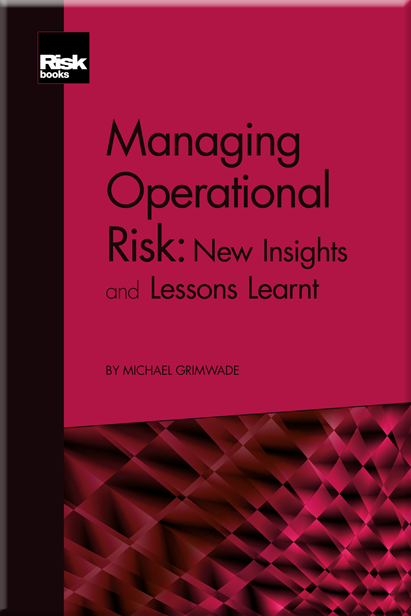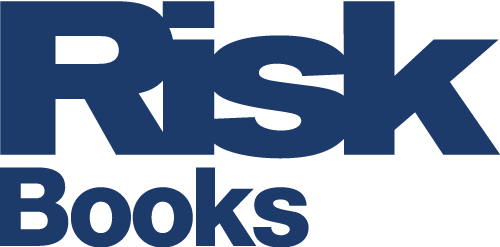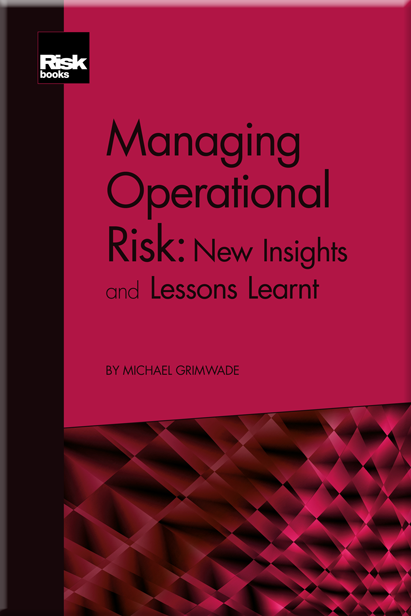Managing Operational Risk: New Insights and Lessons Learnt
Managing Operational Risk: New Insights and Lessons Learnt
Couldn't load pickup availability
The recent financial crisis has led to unprecedented levels of operational risk losses. In Managing Operational Risk: New Insights and Lessons Learnt, Michael Grimwade, author and head of operational risk for MUFG’s International Securities Businesses, argues that these operational risk losses are readily explicable and could be repeated in the near future.
Managing Operational Risk: New Insights and Lessons Learnt examines the ways in which market and credit risks were transformed into operational risk losses, and how the current actions of both central banks and regulators may be unwittingly sowing the seeds for a new wave of losses.
The book is structured around the following three questions:
- Why did banks suffer such large operational risk losses during the financial crisis?
- What is going to cause banks to suffer large operational risk losses again in the future?
- What should operational risk managers do differently?
Share

More information
About the Author
Table of contents
Part I: What were the Root Causes of the Unprecedented Spike in Operational Risk Losses after the Global Financial Crisis?
1. Three spikes in Operational Risk losses
2. First-Order effects: Transforming Credit Defaults and Market Turmoil into Operational Risk Losses
3. Second-Order effects: Transforming Rising Unemployment and Falling Interest Rates into Operational Risk Losses
4. Conclusions and Root Causes
Part II: What are the New and Emerging Operational Risk Threats?
Introduction to Part II: What are the new and emerging Operational Risk threats?
5. Regulatory change: Part of a Perfect Storm
6. Macroeconomics Threats: Tax, Rising Interest Rates and New Asset Bubbles
7. New Technology: Changing Business Models and Risk Profiles
8. Three Horseman: Societal, Political and Environmental change
9. Backtesting to the Mid-1990s and Conclusions
Part III: What Lessons can the Profession Learn?
Introduction to Part III: What Lessons can the Profession Learn?
10. Defining and cascading Operational Risk appetites
11. Aligning Operational Risk Management Frameworks to Appetites
13. Estimating Exposures to Tail Events
14. Solutions for a Triumvirate of Seemingly Intractable Problems
15. Conclusions
Appendices
Appendix 1: The Chronology of the LIBOR Scandal
Appendix 2: Some Examples of Common Scenarios
Appendix 3: Mapping of Reputational Risk incidents to Operational, Conduct and Business Risks

